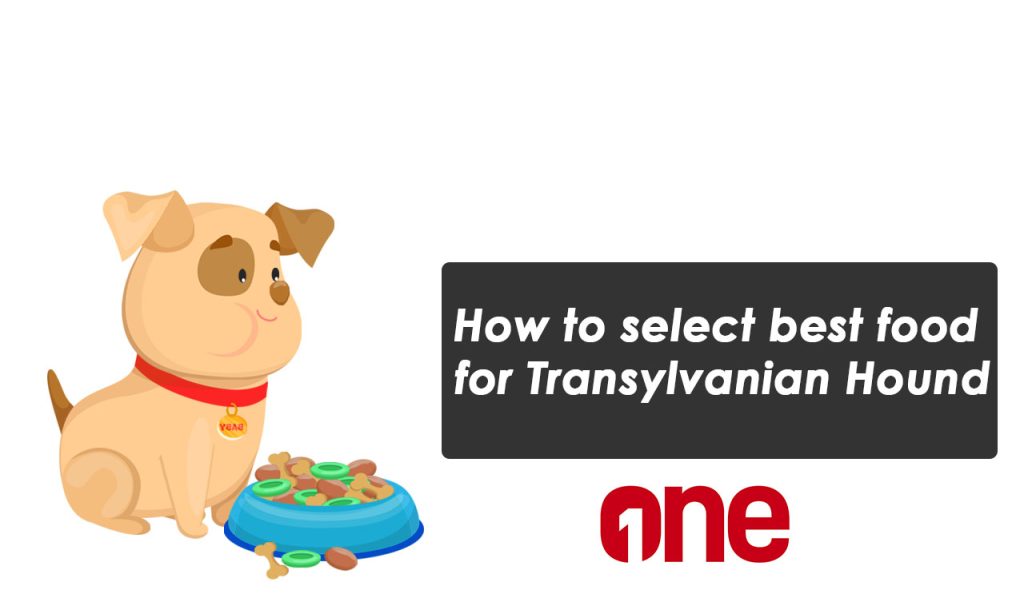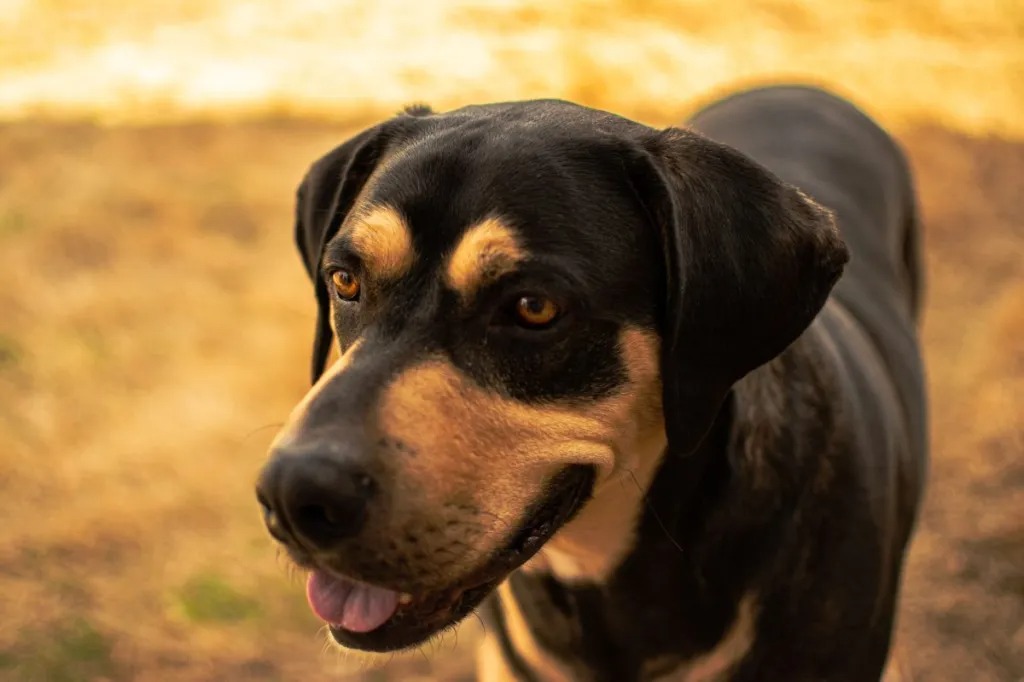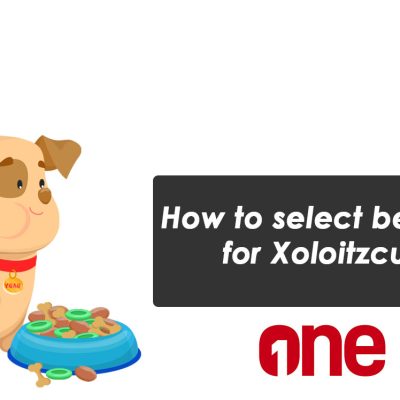
Ah, the mysterious Transylvanian Hound – a breed so steeped in folklore and legend, it’s no wonder they’ve captured the imagination of dog lovers everywhere. These canine companions, hailing from the haunted hills of Romania, are the stuff of nightmares for woodland creatures and well-meaning mail carriers alike. But behind that spooky exterior lies a furry friend with specific nutritional needs, and feeding them the right grub is crucial for their overall health and happiness. So, let’s delve into the world of canine cuisine and learn how to nourish your Transylvanian Hound in a way that would make even Count Dracula proud!

Understanding the Transylvanian Hound’s Unique Needs
Before we sink our teeth into the nitty-gritty of what to feed your Transylvanian Hound, let’s take a moment to appreciate the breed’s rich history. These hunting dogs were originally bred in the foothills of the Carpathian Mountains, where they were tasked with tracking down all manner of fearsome prey, from bears to vampires (or so the legends say).
With their imposing stature, boundless energy, and a fierce hunting instinct that could rival Buffy the Vampire Slayer, Transylvanian Hounds require a diet that can fuel their adventurous spirits and impressive physiques. Feeding one of these canine thrill-seekers is akin to catering to a pack of ravenous werewolves – you need to provide them with the heartiest, most nutrient-dense fare to ensure they remain in top form.
The Power of Protein
When it comes to fueling your Transylvanian Hound, protein should be at the top of your list. These athletic pups require a steady supply of high-quality protein to maintain their lean muscle mass and support their boundless energy levels.
Look for dog foods that list lean meats, fish, or meat meals as the primary ingredients. Avoid fillers like corn, wheat, and soy, which offer little nutritional value and may cause digestive issues for some pups.
But don’t just take my word for it – let’s hear from a fellow Transylvanian Hound owner:
“My furry companion, Vlad, is an absolute beast when it comes to tracking down squirrels and chasing away pesky neighborhood cats. But I quickly learned that his energy levels started to dip when I fed him a low-quality kibble. Once I switched to a protein-rich diet, it was like he had rediscovered the vigor of his youth – bounding through the backyard with the grace of a wolf, while still maintaining that air of mysterious allure.”
Carbs and Fats: The Supporting Cast
While protein may be the star of the show, carbohydrates and healthy fats play essential supporting roles in your Transylvanian Hound’s diet. Carbohydrates provide sustained energy and fiber for proper digestion, while fats contribute to skin and coat health, as well as overall energy production.
When selecting a dog food, look for complex carbohydrates like brown rice, oats, or sweet potatoes, and healthy fats from sources like fish oil or flaxseed. Avoid simple carbs and unhealthy fats, which can lead to weight gain and other health issues.
Choosing the Right Commercial Food
For many pet owners, the convenience of commercial dog food is hard to beat. But with so many options on the market, how do you separate the wheat from the chaff (or in this case, the high-quality kibble from the junk)?
Here are a few tips to help you navigate the world of commercial dog food:
- Read the label: Look for a statement from the Association of American Feed Control Officials (AAFCO) indicating that the food meets nutritional requirements for your Transylvanian Hound’s life stage.
- Opt for high-quality protein sources: Lean meats, fish, or meat meals should be listed among the first few ingredients.
- Avoid fillers and by-products: Steer clear of ingredients like corn, wheat, and animal by-products, which offer little nutritional value.
- Consider special needs: If your Transylvanian Hound has allergies or sensitivities, look for grain-free or limited-ingredient formulas.
And remember, just because a food is more expensive doesn’t necessarily mean it’s better. Sometimes, the priciest option is just a fancy way of saying “overpriced kibble.” Trust your instincts (and your Transylvanian Hound’s voracious appetite) when making your selection.
The Homemade Route
For those who prefer a more hands-on approach, homemade diets can be a great option for your Transylvanian Hound. But be warned: this path requires careful planning and dedication to ensure your furry friend receives all the necessary nutrients.
When preparing homemade meals, consider including:
- Lean proteins: Chicken, turkey, beef, fish, or eggs.
- Complex carbohydrates: Brown rice, sweet potatoes, or whole-grain pasta.
- Healthy fats: Olive oil, coconut oil, or fish oil.
- Vegetables: Spinach, carrots, green beans, or pumpkin.
It’s also essential to supplement homemade diets with vitamins and minerals to prevent deficiencies. Consult with your veterinarian or a canine nutritionist to ensure you’re meeting your Transylvanian Hound’s specific dietary needs.
And let’s not forget the importance of portion control. While it’s tempting to indulge your furry buddy’s insatiable appetite, overfeeding can lead to obesity and related health issues. Follow recommended serving sizes based on your Transylvanian Hound’s weight, age, and activity level.
Treats and Snacks: Moderation is Key
No discussion of canine cuisine would be complete without mentioning treats and snacks. Let’s be honest, we all love spoiling our pups with the occasional indulgence. But when it comes to Transylvanian Hounds, moderation is crucial.
Opt for healthy, low-calorie treats like:
- Fresh fruits and vegetables
- Lean meat or fish jerky
- Dental chews or bully sticks
And remember, treats should make up no more than 10% of your Transylvanian Hound’s daily calorie intake. After all, you don’t want your spooky companion to lose their svelte, otherworldly figure, do you?
The Proof is in the Poop
Okay, I know what you’re thinking: “Did they really just go there?” Yes, my friends, I did. Because when it comes to evaluating the effectiveness of your Transylvanian Hound’s diet, their poop can be a valuable indicator.
A well-balanced diet should result in firm, consistent stools that are easy to pick up (not that I’m volunteering for that duty). If you notice loose or overly smelly stools, it could be a sign that something in their diet needs adjusting.
Of course, if you have any concerns about your Transylvanian Hound’s digestive health, it’s always best to consult with your veterinarian. They’re the real experts when it comes to doggy doo-doo (sorry, I couldn’t resist).

Conclusion
Selecting the best food for your Transylvanian Hound is no small feat, but with a little guidance and a lot of love, you can ensure your furry companion gets the nourishment they need to thrive. Remember, a well-balanced diet is key to maintaining their imposing physique, boundless energy, and that oh-so-mysterious appetite.
So, go forth and conquer the world of canine cuisine, armed with the knowledge and confidence to make the best choices for your Transylvanian Hound. And if you ever find yourself overwhelmed by the options, just remind yourself: at the end of the day, it’s all about keeping your furry friend happy, healthy, and well-fed (but not too well-fed, of course).
FAQs
- Can Transylvanian Hounds eat raw food diets? Yes, raw food diets can be a suitable option for Transylvanian Hounds, provided they are properly balanced and include all necessary nutrients. However, it’s essential to follow strict food safety guidelines and consult with a veterinary nutritionist to ensure your dog’s dietary needs are met.
- How much should I feed my Transylvanian Hound? The amount of food your Transylvanian Hound requires will depend on factors such as their age, activity level, and overall health. As a general guideline, adult Transylvanian Hounds may need between 2 and 4 cups of high-quality dog food per day, divided into two meals. However, it’s always best to consult with your veterinarian for a more accurate feeding recommendation.
- Can Transylvanian Hounds be vegetarian or vegan? While it is possible to feed Transylvanian Hounds a vegetarian or vegan diet, it requires careful planning and supplementation to ensure they receive all the necessary nutrients, particularly high-quality protein. If you choose to go this route, it’s essential to work closely with a veterinary nutritionist to ensure your dog’s dietary needs are being met.
- Are there any specific ingredients Transylvanian Hounds should avoid? Transylvanian Hounds, like many dogs, may have sensitivities or allergies to certain ingredients. Common culprits include grains (wheat, corn, soy), dairy products, and certain proteins (beef, chicken, or fish). It’s important to monitor your dog’s reaction to different foods and consult with your veterinarian if you suspect any dietary sensitivities.
- How can I transition my Transylvanian Hound to a new diet? When switching to a new diet, it’s best to do so gradually over a period of 5-7 days. Start by mixing a small amount of the new food with their current diet, gradually increasing the ratio of new food to old food each day. This gradual transition helps prevent digestive upset and allows your dog’s system to adjust to the new food.






